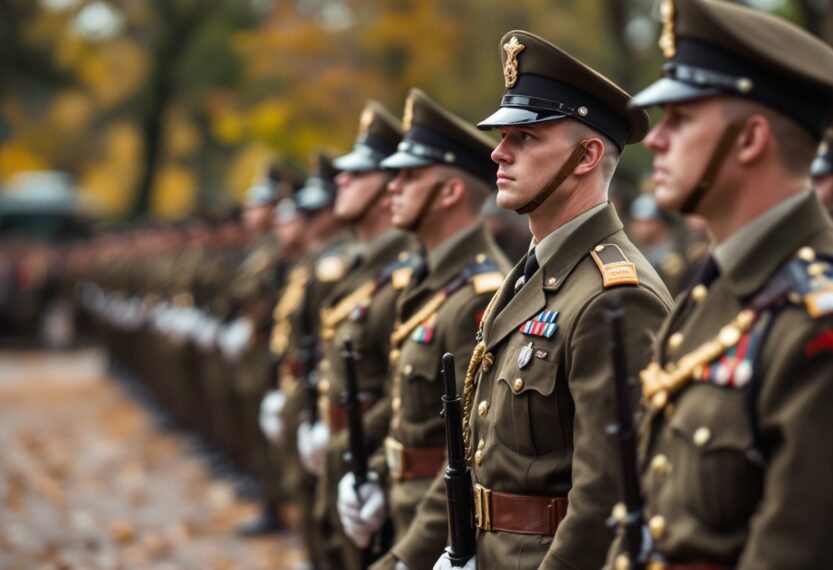Prince William’s return to the Welsh Guards
In a striking display of commitment to his military roots, Prince William recently returned from summer vacation sporting a new beard. This change in appearance coincides with his active engagement with the Welsh Guards, where he participated in training exercises on Salisbury Plain. Dressed in full military uniform, the prince was seen interacting with soldiers, observing live firing drills, and even operating drone controls, showcasing a blend of tradition and modernity in military practices.
A modern military image
The prince’s decision to grow a beard aligns with a significant policy shift within the British Armed Forces, which has recently lifted a long-standing ban on facial hair. This change, approved by King Charles III, allows soldiers to maintain beards as long as they are well-groomed and uniform in appearance. The new policy reflects a broader acceptance of personal expression within the military, marking a departure from traditional norms. William’s beard, therefore, symbolizes not just a personal choice but also a progressive step for the armed forces.
Engagement with the Welsh Guards
During his visit, Prince William expressed pride in the Welsh Guards’ dedication and professionalism, emphasizing the importance of their training sessions. Having served in the military himself from 20, he understands the significance of operational readiness. His role as Colonel of the Regiment allows him to witness firsthand the evolution of military training and the commitment of the soldiers. The Welsh Guards have recently transitioned back to operational duties after a period of ceremonial roles, including participation in significant royal events such as Queen Elizabeth II’s funeral and King Charles III’s coronation.
Family dynamics and personal choices
William’s beard has also sparked conversations about family dynamics, particularly regarding his daughter, Charlotte. In a light-hearted moment during a recent trip to South Africa, he shared that Charlotte initially disapproved of his facial hair, leading to a humorous exchange about his decision to grow it back. This anecdote not only humanizes the prince but also highlights the personal challenges that come with public life and royal expectations.
Conclusion
As Prince William continues to navigate his dual roles as a royal and a military leader, his new look and active participation with the Welsh Guards reflect a modern approach to tradition. His engagement with the armed forces, coupled with a willingness to embrace change, positions him as a forward-thinking member of the royal family, ready to adapt to the evolving landscape of military service.

